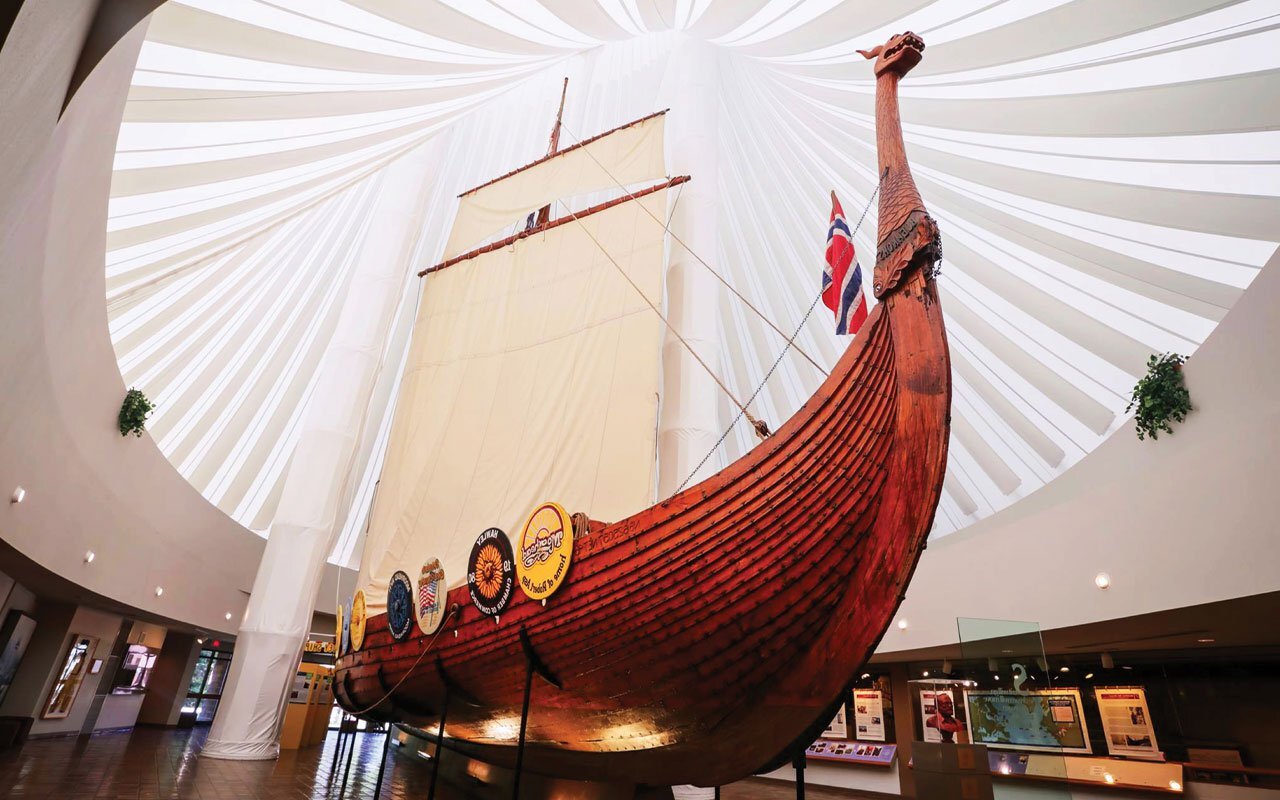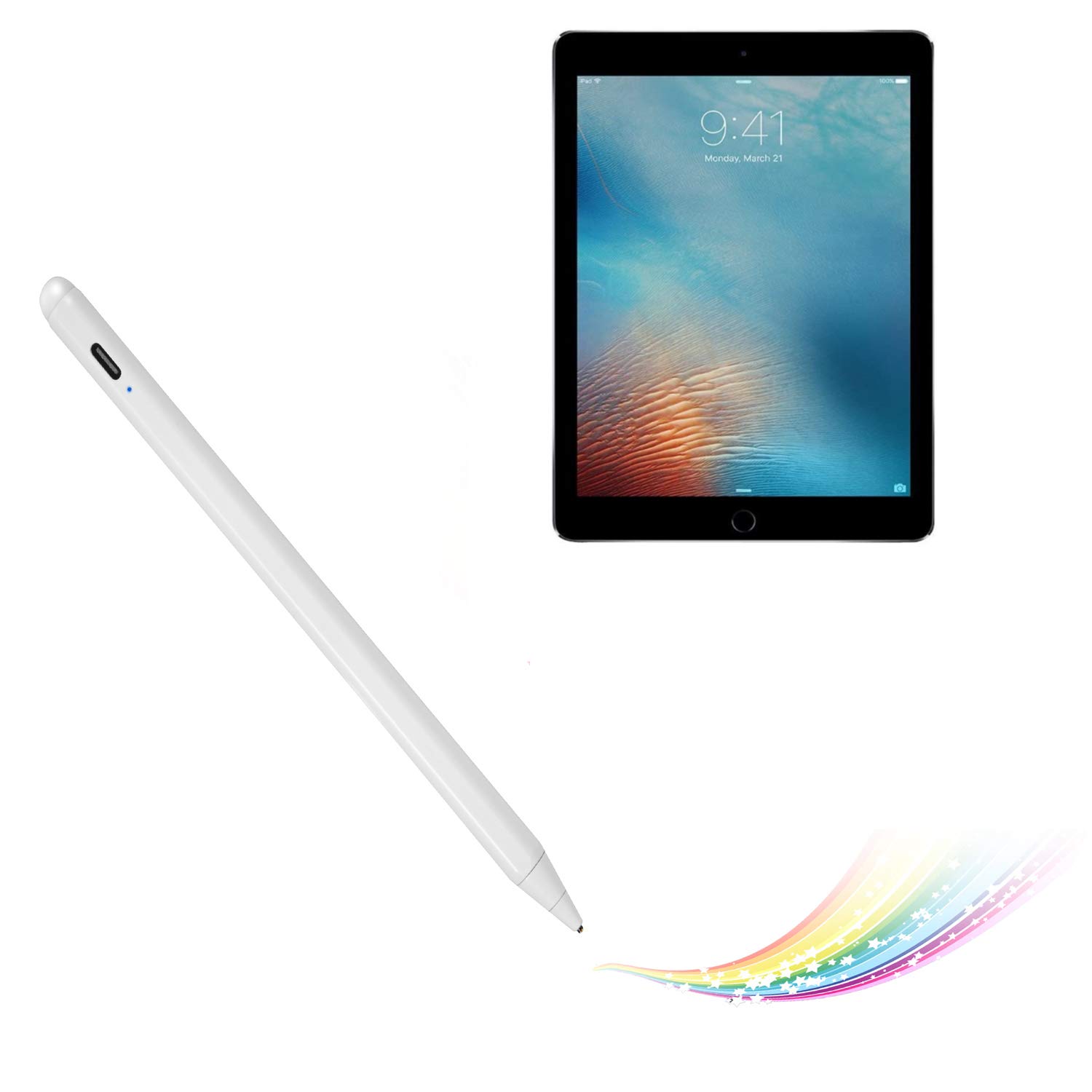
Ever wondered how Vikings managed to explore, trade, and raid across vast distances with the technology of their time? Viking ships hold the answer. These marvels of ancient engineering enabled the Norsemen to set sail across the unforgiving North Sea, reaching as far as the Americas long before Columbus. But what made these vessels so special? From their sleek design to the intricate carvings that adorned their prows, Viking ships were not just means of transportation; they were symbols of power and a testament to the craftsmanship of the era. Ready to dive into the past and uncover some mind-blowing facts about these legendary ships? Let's set sail into history and discover what made Viking ships the ultimate vessels of the Viking Age.
What Made Viking Ships So Special?
Viking ships were marvels of the ancient maritime world, known for their speed, flexibility, and ability to navigate both open sea and shallow rivers. Vikings relied on these ships for exploring, trading, and conducting raids across vast distances, from the coasts of North America to the rivers of Eastern Europe.
-
Design: Viking ships were clinker-built, meaning their wooden planks overlapped, giving them strength and flexibility. This construction method allowed them to withstand rough seas.
-
Sails and Oars: They featured a single, large square sail and could also be rowed, providing power and maneuverability in various wind conditions and in the absence of wind.
-
Shallow Draft: Their shallow draft enabled them to navigate not just the open ocean but also to venture far up rivers or land directly on beaches, surprising their enemies.
Types of Viking Ships
Vikings crafted different types of ships, each designed for specific purposes such as war, trade, or exploration.
-
Longships: Used for warfare and raids, longships were long, narrow, and incredibly fast. They could carry up to 60 warriors and were equipped with shields along their sides.
-
Knarrs: These were the cargo ships of the Viking fleet, broader and deeper than longships, designed for long sea voyages loaded with goods or settlers.
-
Dragonheads: Often, the prows of Viking ships were intricately carved into shapes like dragons or serpents. These figureheads were meant to protect the ship and its crew from sea monsters and evil spirits.
Viking Ship Construction
The Vikings were skilled craftsmen, and the construction of their ships was a sophisticated process that utilized the natural resources around them.
-
Wood: Oak was the preferred material for shipbuilding due to its durability and strength. Vikings would choose trees that naturally curved to match the shape they needed for the ship's hull.
-
Tools: Axes, adzes, and chisels were the primary tools used. Despite the lack of modern technology, the precision and craftsmanship of Viking ships were remarkable.
-
Tar: To make their ships waterproof, Vikings used tar produced from pine or birch bark. This not only sealed the ships but also helped to preserve the wood.
Viking Navigation Techniques
Without modern navigation tools, Vikings had to rely on the sun, stars, and other natural landmarks to find their way across the open sea.
-
Sun Compass: A wooden disk that could determine the ship's course by the shadow cast by the sun.
-
Ravens: Legends say Vikings would release ravens. If the bird flew straight, land was in that direction. If it returned, land was still far away.
-
Landmarks and Stars: Knowledge of coastal landmarks and the position of stars also played a crucial role in Viking navigation.
The Legacy of Viking Ships
Viking ships have left a lasting impact on maritime history, influencing ship design and navigation techniques long after the Viking Age ended.
-
Archaeological Finds: Several well-preserved Viking ships have been discovered in burial mounds, where they were buried to serve their owners in the afterlife. These finds have provided invaluable insights into Viking shipbuilding techniques and their way of life.
-
Cultural Impact: Viking ships are a symbol of the Norse people's spirit of adventure, exploration, and conquest. They are celebrated in modern culture, from literature and movies to festivals and museum exhibits.
-
Innovation in Shipbuilding: The design principles of Viking ships, such as the clinker-built method and the use of a keel for stability, have influenced shipbuilding techniques in later centuries.
-
Navigation: Viking navigational skills were so advanced that they were able to reach the shores of North America around the year 1000, long before other European explorers.
-
Surviving Replicas: Today, replicas of Viking ships are built and sailed to study ancient seafaring techniques and to celebrate Viking heritage. These modern-day voyages have even successfully crossed the Atlantic, proving the seaworthiness of the original Viking ship designs.
-
UNESCO Heritage: In recognition of their historical and cultural significance, some Viking ship finds have been designated as UNESCO World Heritage Sites, preserving them for future generations to learn from and admire.
-
Influence on Modern Language: Terms like "keel over" and "on board" have their origins in the Viking Age, showing the lasting impact of Viking seafaring on the English language.
-
Educational Value: Viking ships and their voyages are a key part of school curricula around the world, teaching students about exploration, innovation, and the interconnectedness of different cultures throughout history.
-
Tourist Attractions: Museums dedicated to Viking culture and ships, such as the Viking Ship Museum in Oslo, attract visitors from all over the globe, eager to see these ancient marvels up close.
-
Maritime Festivals: Annual festivals celebrate Viking culture, featuring ship replicas, reenactments, and traditional Viking crafts, drawing enthusiasts and fostering a sense of community.
-
Global Influence: The legacy of Viking ships extends beyond Scandinavia, influencing maritime traditions and shipbuilding across Europe and beyond, showcasing the far-reaching impact of Viking innovation and exploration.
Sailing Into the Horizon of Knowledge
We've journeyed through the fascinating world of Viking ships, uncovering secrets and marvels that have stood the test of time. These vessels, more than just means of transport, were a testament to the Vikings' extraordinary craftsmanship, their understanding of the seas, and their adventurous spirit. From the sleek design of the longships to the intricate symbolism carved into their prows, every detail tells a story of a people deeply connected to the ocean. As we sail away from this topic, let's carry with us the appreciation for these ancient mariners who, aboard their remarkable ships, shaped history in ways that still ripple through time. Their legacy, etched in wood and lore, continues to inspire and intrigue, proving that the Viking spirit of exploration and discovery is as enduring as the vessels they crafted.
Was this page helpful?
Our commitment to delivering trustworthy and engaging content is at the heart of what we do. Each fact on our site is contributed by real users like you, bringing a wealth of diverse insights and information. To ensure the highest standards of accuracy and reliability, our dedicated editors meticulously review each submission. This process guarantees that the facts we share are not only fascinating but also credible. Trust in our commitment to quality and authenticity as you explore and learn with us.


